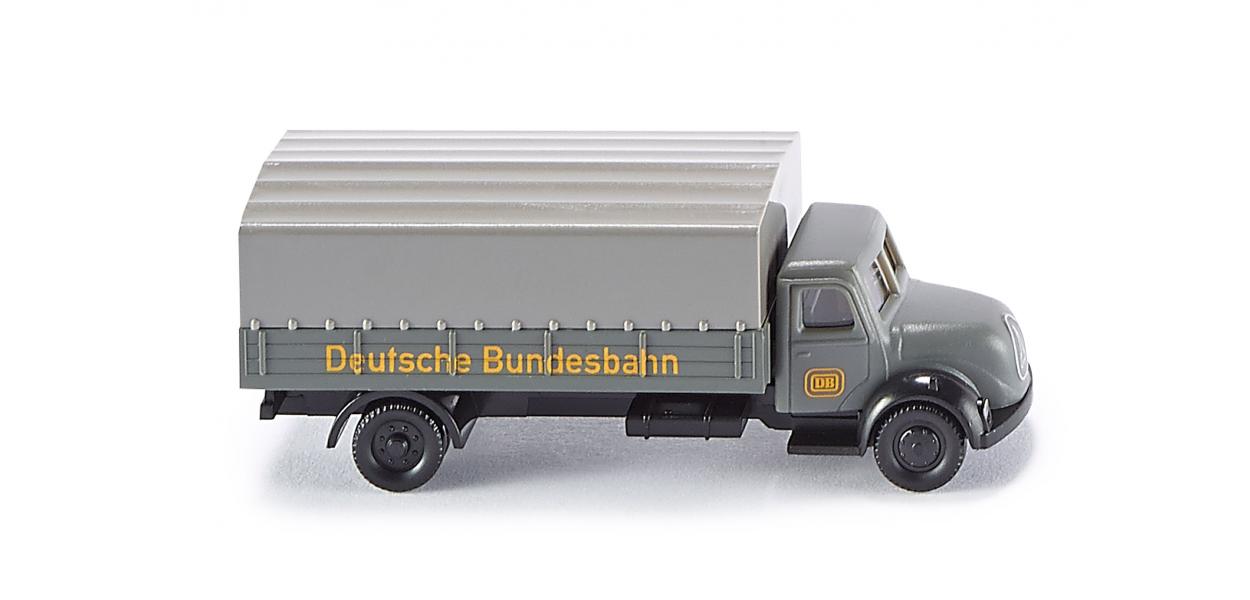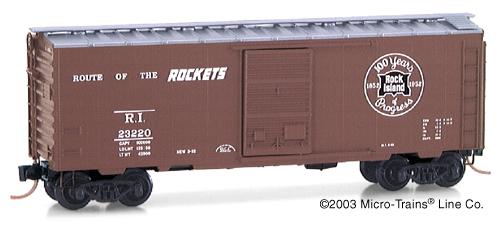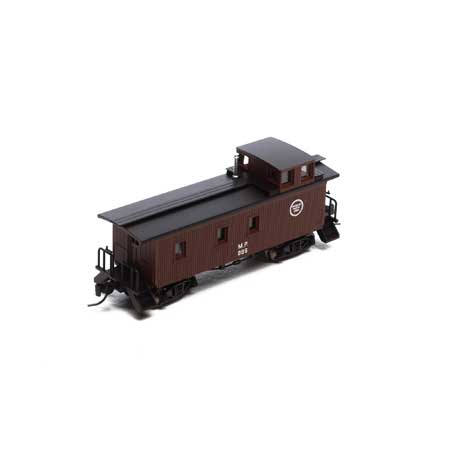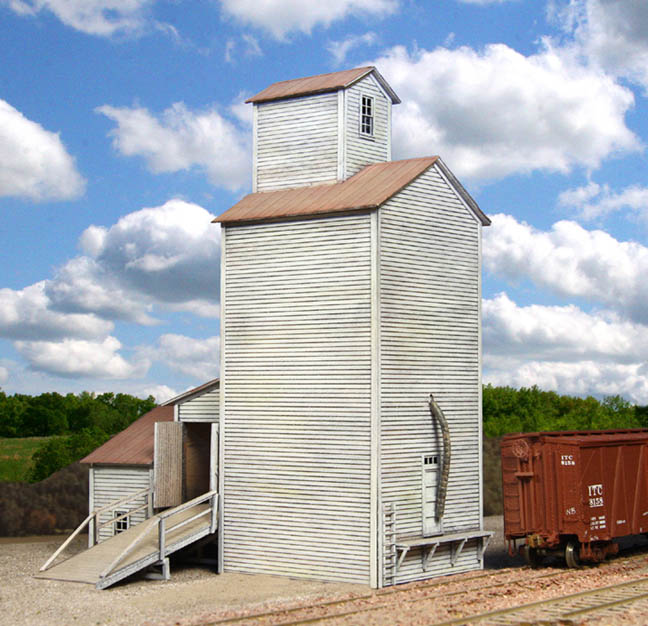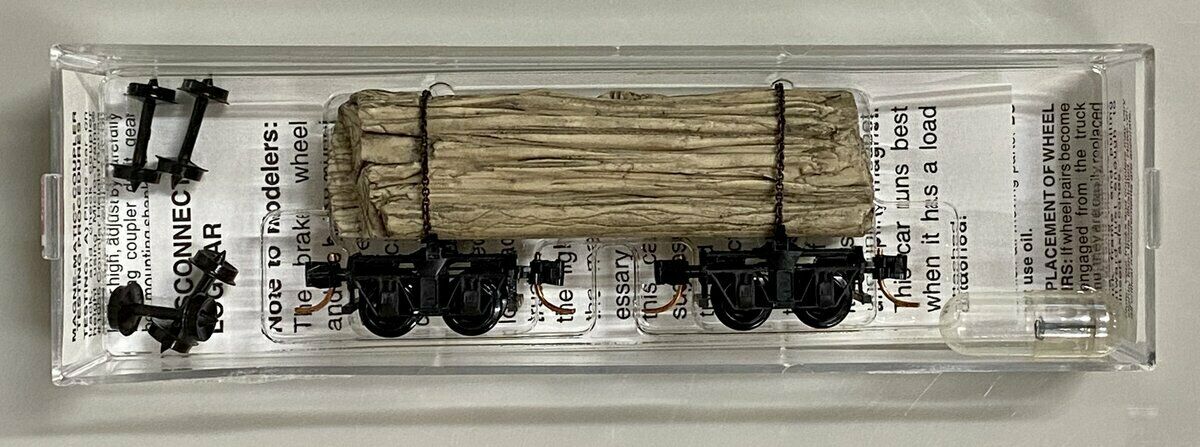Specific Item Information: Tarpaulin gray cab with flatbed, tarpaulin in stone gray. Chassis with fenders and interior in black. Cab with “DB” logo in gold yellow, round hood with frame and Magirus logo in silver. Front headlights also painted in silver. Flatbed printing with gold yellow “Deutsche Bundesbahn” lettering on the sides.
Year manufacture: 1956
Road Name History: 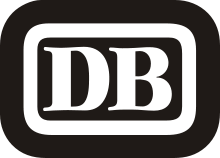 Deutsche Bundesbahn was the Western Germany DB before reunification. After World War II, Germany (and the DRG) was divided into 4 zones: US, British, French and Soviet. The first three eventually combined to form the Federal Republic of Germany (the West) and the Russian zone became the German Democratic Republic (the East). German territories beyond the Oder were ceded to Poland except for the northern part of East Prussia, which was ceded to the Soviet Union in 1945.
Deutsche Bundesbahn was the Western Germany DB before reunification. After World War II, Germany (and the DRG) was divided into 4 zones: US, British, French and Soviet. The first three eventually combined to form the Federal Republic of Germany (the West) and the Russian zone became the German Democratic Republic (the East). German territories beyond the Oder were ceded to Poland except for the northern part of East Prussia, which was ceded to the Soviet Union in 1945.
From 1949, the new governments assumed authority for railway operations. The DRG's (or DR's) successors were named Deutsche Bundesbahn (DB, German Federal Railways) in West Germany, and Deutsche Reichsbahn (DR, German State Railways) in East Germany kept the old name to hold tracking rights in western Berlin.
Unlike the DRG, which was a corporation, both the DB and the DR were federal state institutions, directly controlled by their respective transportation ministries. Railway service between East and West was restricted; there were around five well-controlled and secure checkpoints between West and East Germany, and about the same number between East Germany and West Berlin. Four transit routes existed between West Germany and West Berlin; citizens of West Berlin and West Germany were able to use these without too much harassment by the East German authorities.
The DB started in 1968 with changing the locomotive and passenger car serial numbers to the UIC norm. In 1970 the DR followed. The DB started experimenting with the Intercity trains in a new livery (bright orange).
In 1989, the Wall fell. Train frequency rapidly increased on the existing East/West corridors; closed links which had formerly crossed the border were re-opened. On 3 October 1990, Germany was reunified; however, this was not immediately the case with the railways. Administrative and organisational problems led to the decision to completely re-organize and reconnect Germany's railways. The so-called Bahnreform (Railway Reform) came into effect on 1 January 1994, when the State railways Deutsche Bundesbahn and Deutsche Reichsbahn were formally reunited to form the current German Railway Corporation (Deutsche Bahn).
From Wikipedia

From 1949, the new governments assumed authority for railway operations. The DRG's (or DR's) successors were named Deutsche Bundesbahn (DB, German Federal Railways) in West Germany, and Deutsche Reichsbahn (DR, German State Railways) in East Germany kept the old name to hold tracking rights in western Berlin.
Unlike the DRG, which was a corporation, both the DB and the DR were federal state institutions, directly controlled by their respective transportation ministries. Railway service between East and West was restricted; there were around five well-controlled and secure checkpoints between West and East Germany, and about the same number between East Germany and West Berlin. Four transit routes existed between West Germany and West Berlin; citizens of West Berlin and West Germany were able to use these without too much harassment by the East German authorities.
The DB started in 1968 with changing the locomotive and passenger car serial numbers to the UIC norm. In 1970 the DR followed. The DB started experimenting with the Intercity trains in a new livery (bright orange).
In 1989, the Wall fell. Train frequency rapidly increased on the existing East/West corridors; closed links which had formerly crossed the border were re-opened. On 3 October 1990, Germany was reunified; however, this was not immediately the case with the railways. Administrative and organisational problems led to the decision to completely re-organize and reconnect Germany's railways. The so-called Bahnreform (Railway Reform) came into effect on 1 January 1994, when the State railways Deutsche Bundesbahn and Deutsche Reichsbahn were formally reunited to form the current German Railway Corporation (Deutsche Bahn).
From Wikipedia
Brand/Importer Information: Friedrich Karl Peltzer was born on February 5, 1903 in Berlin. As the son of an officer of the Kaiserliche Marine [Imperial German Navy], he encountered seafaring at a very early age. Therefore it is no great surprise that he was soon interested in model shipbuilding. He impressed friends and family with his astounding dexterity and attention to detail. It was the starting point for an aspiring company, whose foundation admittedly still took almost three decades longer.
Friedrich Peltzer is a publisher who issues the magazine “Das Tier” [The Animal]. However, the year 1932 became the year of vocational change for him. Professional model making kicks off in this year. A short time later, Peltzer sells his magazine and book publishing house to concentrate on model making. It was to become the route to success. The profession evolved from Friedrich Karl Peltzer’s beloved hobby develops - WIKING-Modellbau has taken its initial steps, initial ship models using the company’s preferred scale of 1:1250 arise from the first forms. Friedrich Peltzer states the foundation year himself – the young company waited a while before making an entry in the companies register.
Currently, Wiking is located at SIKU//WIKING Modellwelt Schlittenbacher Str. 56a 58511 Lüdenscheid, Germany. They produce plastic vehicle models in various scales of very high quality.
Friedrich Peltzer is a publisher who issues the magazine “Das Tier” [The Animal]. However, the year 1932 became the year of vocational change for him. Professional model making kicks off in this year. A short time later, Peltzer sells his magazine and book publishing house to concentrate on model making. It was to become the route to success. The profession evolved from Friedrich Karl Peltzer’s beloved hobby develops - WIKING-Modellbau has taken its initial steps, initial ship models using the company’s preferred scale of 1:1250 arise from the first forms. Friedrich Peltzer states the foundation year himself – the young company waited a while before making an entry in the companies register.
Currently, Wiking is located at SIKU//WIKING Modellwelt Schlittenbacher Str. 56a 58511 Lüdenscheid, Germany. They produce plastic vehicle models in various scales of very high quality.
Item created by: nscalestation on 2020-01-20 17:13:03. Last edited by gdm on 2021-07-10 14:16:44
If you see errors or missing data in this entry, please feel free to log in and edit it. Anyone with a Gmail account can log in instantly.
If you see errors or missing data in this entry, please feel free to log in and edit it. Anyone with a Gmail account can log in instantly.


